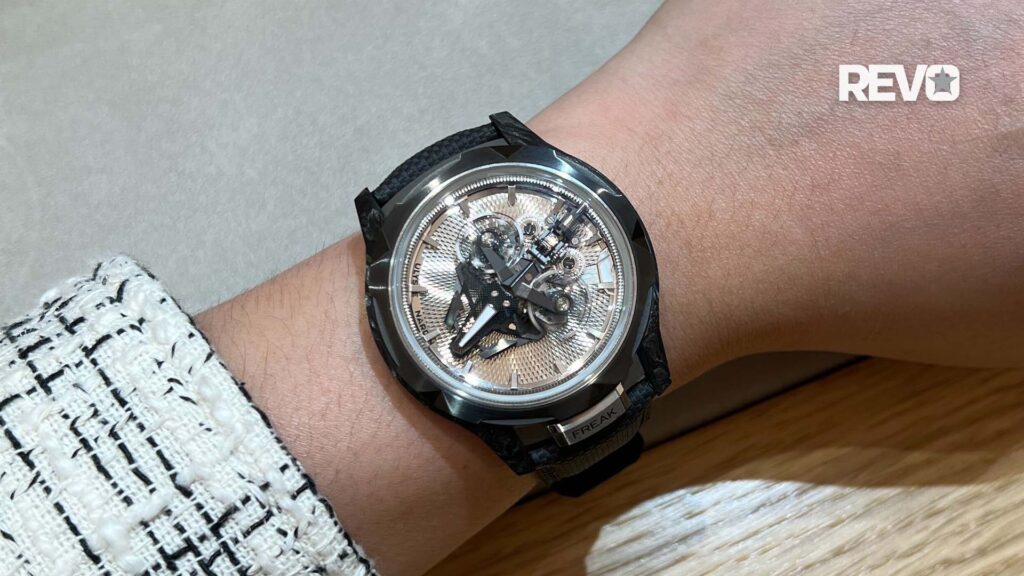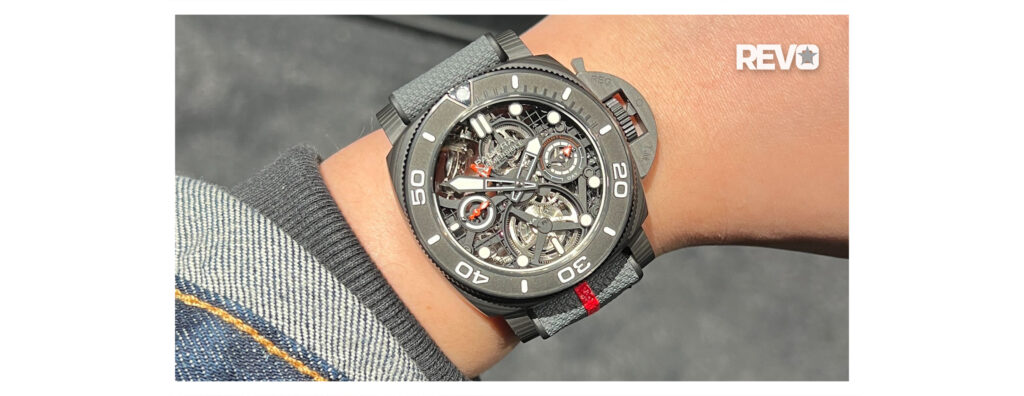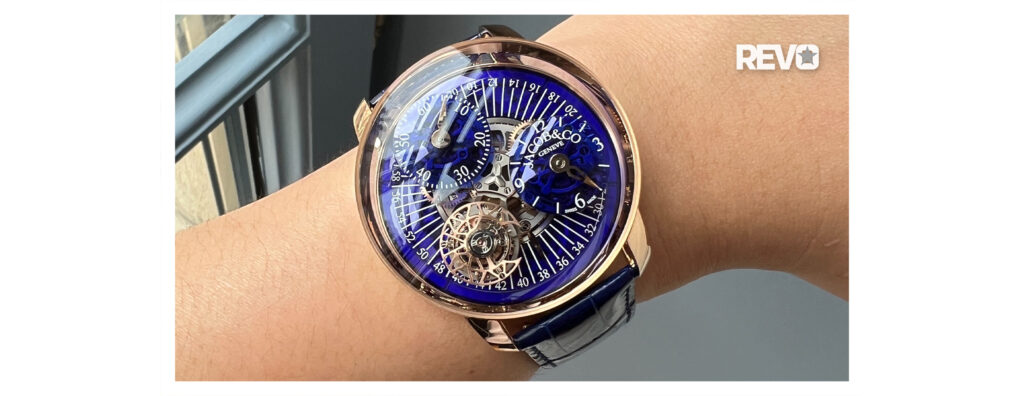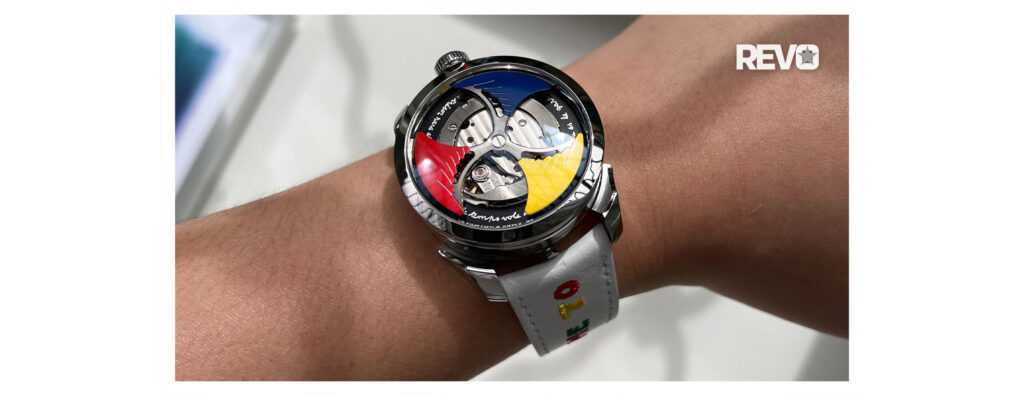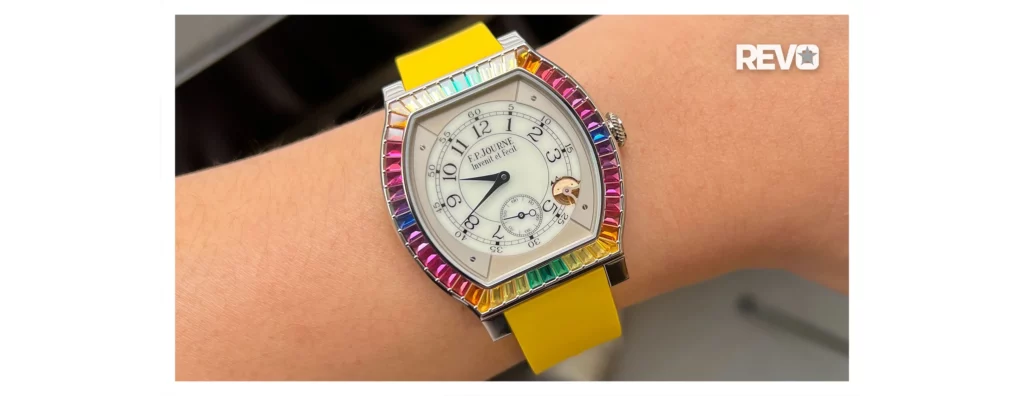Omega
A Mini Bio of the Omega Speedmaster that Went to the Moon
We’re nearly two decades into the 21st century and some of us still wonder in awe at how the ancients built the pyramids, stacked Stonehenge or sculpted the Moai statues on Easter Island. But we needn’t look so far back for miraculous feats, because a species as ingenious and as impatient with the status quo as the human race can never sit still for any period of time without creating something new, for better or for worse. On our “better” list, the Apollo 11 moon landing in July 1969 ranks up there as one of the greatest engineering coups of all time. It didn’t happen in some dark epoch of history beyond living memory, and it was seen ‘live’ by rapt TV audiences in 33 countries. It’s such a stupendous feat that unfolded in real time (give some for transmission lag) before the eyes of an entire generation still living, that conspiracy theories of the whole affair being a hoax persist in some quarters.
CK2915 (1957) – The First Speedmaster
- Broad arrow hands
- Bare steel bezel with a base 1000 tachymeter scale
- Symmetrical case with straight lugs
- Calibre 321 manual-wind movement with column wheel
CK 2998 (1959) – Off to Space
- Black aluminum bezel
- “Alpha” hands with straight or lollipop central chronograph hand.
- Eventually, “base 1000” on the tachymeter scale was changed to base 500
ST 105.003 (1964) – NASA Qualified
- First use of baton hands
ST 105.012 (1964) – On the Moon
- New asymmetrical case offering greater protection to crown and pushers
- “Professional” appears on the dial for the first time
ST 145.022 (1968) – New Movement
- 861 replaces column wheel construction for shuttle cam actuation
- Painted Omega logo instead of applique
- From 1970 onwards, the first Speedmaster to be inscribed with the text “FLIGHT-QUALIFIED BY NASA FOR ALL MANNED SPACE MISSIONS”, and “THE FIRST WATCH WORN ON THE MOON”




